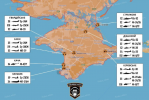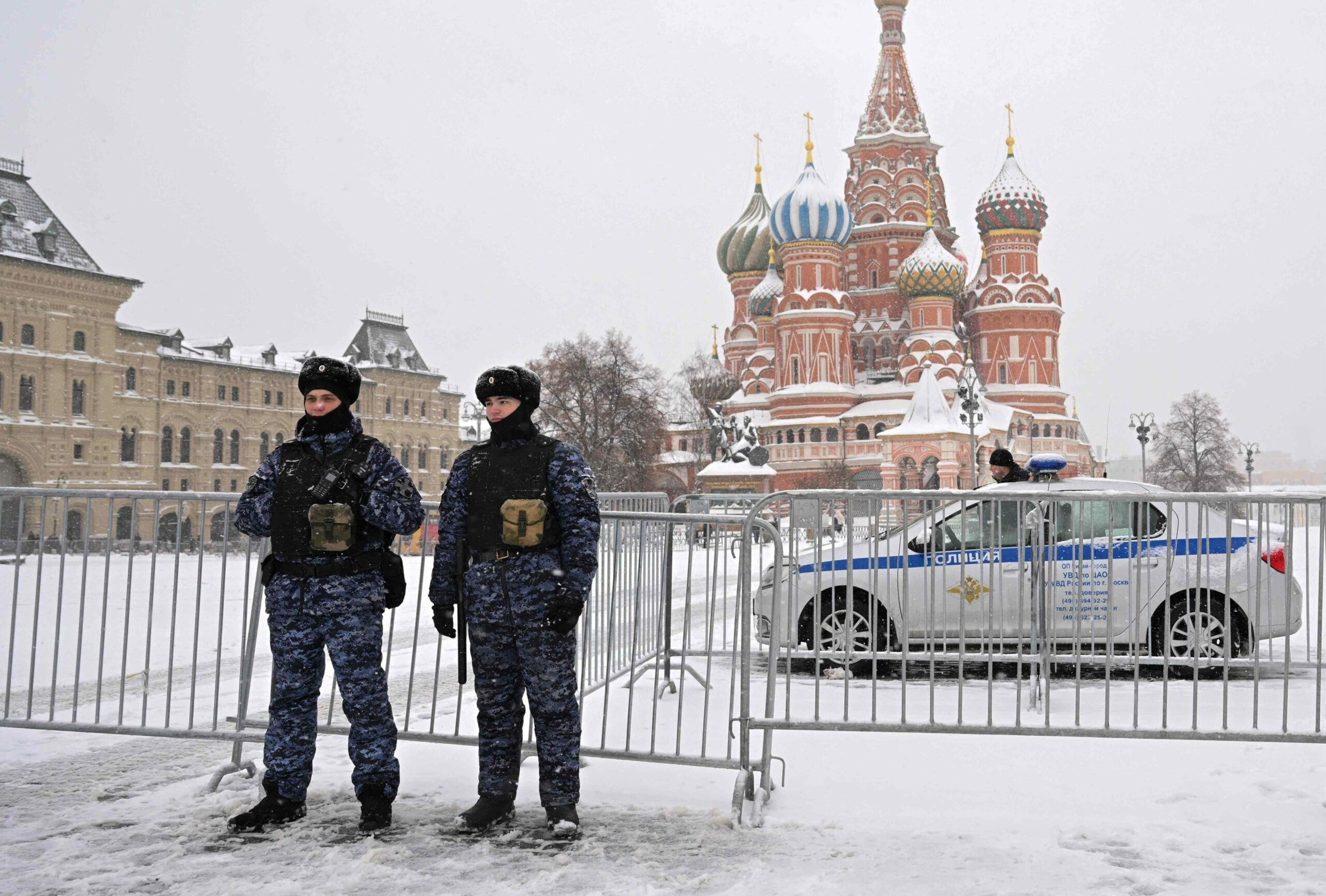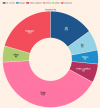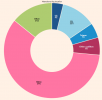U.S. Military Aid to Ukraine Was Poorly Tracked, Pentagon Report Concludes
The Defense Department’s inspector general found that American defense officials and diplomats in Washington and Europe had failed to quickly or fully account for all of nearly 40,000 weapons sent to Ukraine.
Jan. 11, 2024Updated 10:41 a.m. ET
More than $1 billion worth of shoulder-fired missiles, kamikaze drones and night-vision devices that the United States has sent to Ukraine have not been properly tracked by American officials, a new Pentagon report concludes, raising concerns they could be stolen or smuggled at a time Congress is debating whether to send more military aid to Kyiv.
The report by the Defense Department’s inspector general, released on Thursday, offers no evidence that any of the weapons have been misused after being shipped to a U.S. military logistics hub in Poland or sent onward to Ukraine’s battlefields.
“It was beyond the scope of our evaluation to determine whether there has been diversion of such assistance,” the report stated.
But it found that American defense officials and diplomats in Washington and Europe had failed to quickly or fully account for nearly 40,000 weapons that by law should have been closely monitored because their sensitive technology and relatively small size makes them attractive bounty for arms smugglers.
The report was sent to Congress on Wednesday and a copy of it was provided to The New York Times. The Pentagon’s inspector general released a
redacted version of it on Thursday.
The high rate of weapons that were missing or otherwise immediately unaccounted for in government databases “may increase the risk of theft or diversion,” the report found.
Even with better methods in place, it concluded, tracking additional materiel sent to Ukraine will “be difficult as the inventory continues to change, and accuracy and completeness will likely only become more difficult over time.”
The number of the weapons reviewed in the report represents only a small fraction of about $50 billion in military equipment that the United States has sent Ukraine since 2014, when Russia seized Crimea and parts of the eastern Donbas region. Most of the weapons that have been delivered so far — including tanks, air-defense systems, artillery launchers and ammunition — were pledged after Russia’s full-scale invasion in February 2022.
Still, the Pentagon investigation offers a first glimpse of efforts to account for the most high-risk tools of American military might that have been rushed to Ukraine in the last two years. An increasing number of lawmakers, skeptical of the costs of being Ukraine’s single largest military benefactor, are resisting sending more aid to Kyiv and have demanded the oversight.
The report did not detail exactly how many of the 39,139 high-risk pieces of materiel that were given to Ukraine in the years before and after the invasion were considered “delinquent” but it put the potential loss at about $1 billion of the total $1.69 billion worth of the weapons that had been sent.
As of last June, the latest data available, the United States had given Ukraine more than 10,000 Javelin anti-tank missiles, 2,500 Stinger surface-to-air missiles and about 750 Kamikaze Switchblade drones, 430 medium-range air-to-air missiles and 23,000 night vision devices.
Dangerous combat conditions made it largely impossible for Defense Department officials to travel to the front lines to ensure the weapons were being used as intended, according to Pentagon and State Department officials responsible for tracking them.
The required accounting procedures “are not practical in a dynamic and hostile wartime environment,” Alexandra N. Baker, the acting undersecretary of defense for policy, wrote in a Nov. 15 response to an earlier draft of the report.
She also said there were not enough to Defense Department employees at the U.S. Embassy in Kyiv to easily track all of the most sensitive weapons and equipment, which she said currently total more than 50,000 items in Ukraine “and growing.”
It “is beyond the capacity of the limited D.O.D. personnel in country to physically inventory, even if access were unrestricted,” Ms. Baker wrote in her response, a copy of which was included in the report.
Lara Jakes, based in Rome, reports on diplomatic and military efforts by the West to support Ukraine in its war with Russia. She has been a journalist for nearly 30 years.
More about Lara Jakes











